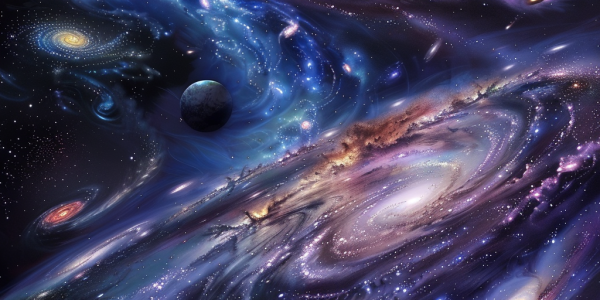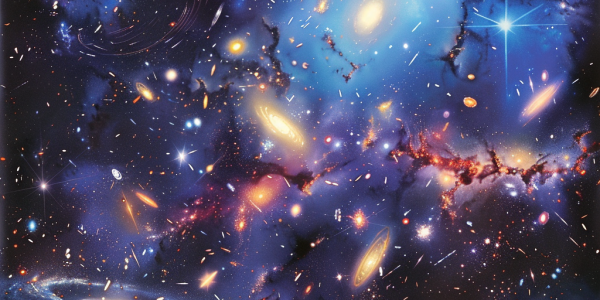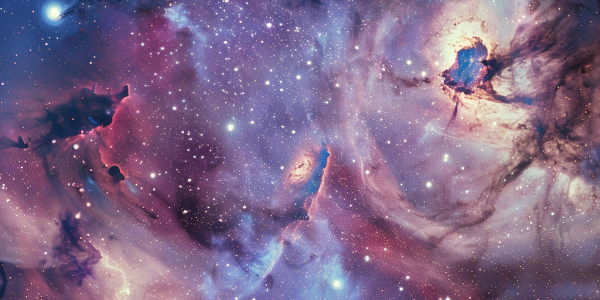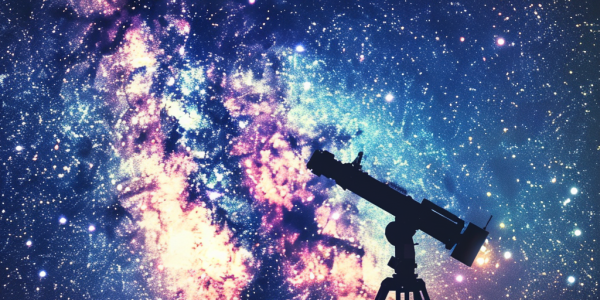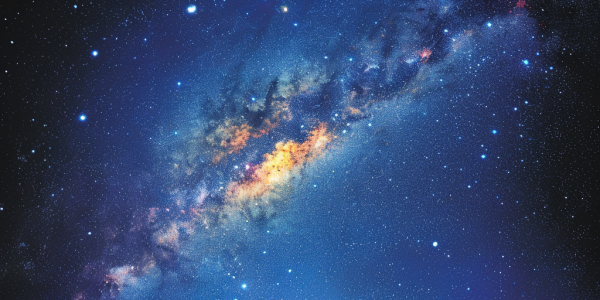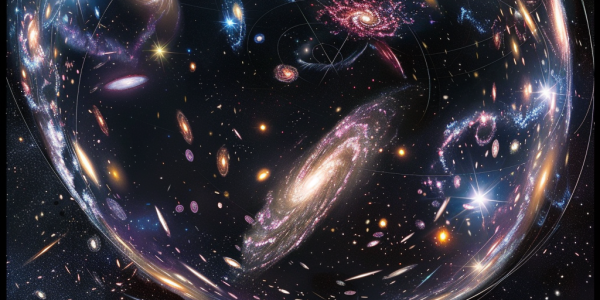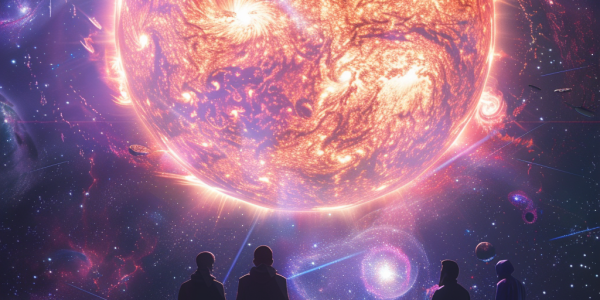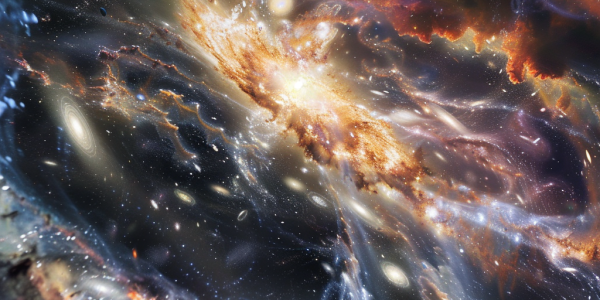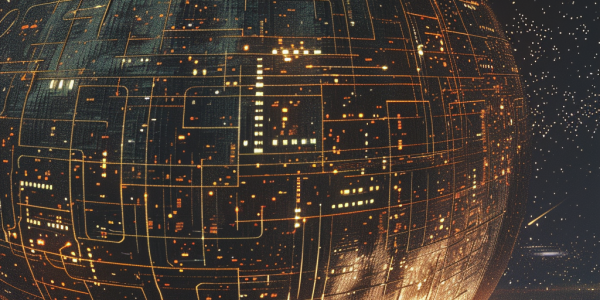ESA’s Euclid Mission Reveals First Cosmic Map
The European Space Agency (ESA) has unveiled the first cosmic map from its Euclid mission, showcasing a stunning 208-gigapixel mosaic of millions of stars and galaxies. Presented at the International Astronautical Congress in Milan, this initial release covers 132 square degrees of the Southern Sky and represents just 1% of the extensive survey planned over the next six years. Euclid aims to create the largest three-dimensional map of the cosmos, providing crucial insights into dark matter and dark energy. Stay tuned for more updates as Euclid continues to unlock the mysteries of the Universe.
Milky Way Found to Be Part of Vast Cosmic Structure
Recent studies reveal that the Milky Way may be part of a colossal cosmic structure known as the Shapley Concentration, potentially ten times larger than the Laniākea Supercluster. This groundbreaking research, published in Nature Astronomy, utilizes a 3D map of over 56,000 galaxies to redefine our understanding of gravitational dynamics and the universe’s vastness. Discover how this new perspective reshapes our cosmic address and opens avenues for future exploration.
JWST Findings Challenge Timeline of Universe’s Reionization Epoch
Recent findings from the James Webb Space Telescope challenge established theories on the epoch of reionization, suggesting it may have ended 350 million years earlier than previously thought. This pivotal period, marked by the formation of the first stars and galaxies, plays a crucial role in our understanding of cosmic evolution. Discover how these groundbreaking observations are reshaping our knowledge of the universe’s infancy.
Cosmology in Crisis: New Observations Challenge Standard Model of the Universe
Recent developments in cosmology are challenging the long-standing standard model of the universe, which posits that dark energy and dark matter constitute most of its composition. New observations reveal discrepancies that may prompt a reevaluation of our understanding of cosmic phenomena. As scientists delve into these findings, the potential for groundbreaking discoveries in physics and a deeper comprehension of the universe’s structure looms large.
AI Revolutionizes Astronomy Research at Vera C. Rubin Observatory
Artificial Intelligence (AI) is revolutionizing astronomy by enabling researchers to analyze vast datasets efficiently. With the upcoming Vera C. Rubin Observatory and its Legacy Survey of Space and Time, AI will play a crucial role in classifying galaxies and studying exoplanet atmospheres. As astronomers harness the power of machine learning, they are poised to uncover groundbreaking insights into the universe, pushing the boundaries of astronomical research.
New Study Sheds Light on Early-Universe Quasars Using Advanced Imaging Techniques
Recent research utilizing the Dark Energy Camera (DECam) has shed light on the environments of early-universe quasars, revealing they likely formed in densely populated regions rich in gas. Led by Trystan Lambert, this groundbreaking study is the largest on-sky area search around an early-universe quasar, VIK 2348–3054, enhancing our understanding of galaxy formation and the evolution of supermassive black holes.
Astronomers Capture Stunning Images of ‘The Carousel Lens’ Gravitational Phenomenon
Astronomers have made a groundbreaking discovery with the gravitational lens known as ‘The Carousel Lens,’ captured by the Hubble Space Telescope. This rare cosmic alignment features seven distorted galaxies, providing unique insights into the early Universe and the complex nature of dark matter and dark energy. The Carousel Lens exemplifies the power of gravitational lensing in modern astronomy, offering a mesmerizing look into the cosmos and advancing our understanding of galactic formation and evolution.
Harnessing the Sun: A Revolutionary Concept for Cosmic Exploration
Scientists are exploring the revolutionary concept of transforming the Sun into a colossal telescope using gravitational lensing, potentially enhancing our ability to observe distant galaxies and celestial phenomena. This innovative approach could lead to groundbreaking discoveries in astronomy while offering a cost-effective alternative to traditional space telescopes. As researchers investigate the feasibility of this idea, the future of cosmic exploration looks promising.
James Webb Space Telescope Discovers Earliest Galaxy, JADES-GS-z14-0
The James Webb Space Telescope (JWST) has made a groundbreaking discovery by identifying JADES-GS-z14-0, the earliest galaxy observed, dating back to just 290 million years after the Big Bang. This remarkable finding challenges existing galaxy formation models, suggesting rapid star formation and raising questions about the evolution of the universe. As researchers explore the implications of this luminous galaxy, the JWST continues to reshape our understanding of cosmic history and the processes that led to the formation of early galaxies.
Reigniting Curiosity: Dyson Spheres and the Universe’s Missing Mass
Recent studies have reignited curiosity in Dyson spheres, massive theoretical structures that could harness the energy of stars. Could these spheres hold the key to unlocking the mystery of the universe’s missing mass? Despite skepticism, physicist Freeman Dyson’s idea continues to intrigue scientists, but the feasibility of complete Dyson spheres remains questionable. Exploring the enigma of missing mass in the universe, astronomers ponder the potential role of vast gas filaments bridging galaxies. While Dyson spheres may not solve this mystery, Dyson swarms or rings could offer a more practical avenue for investigation.


